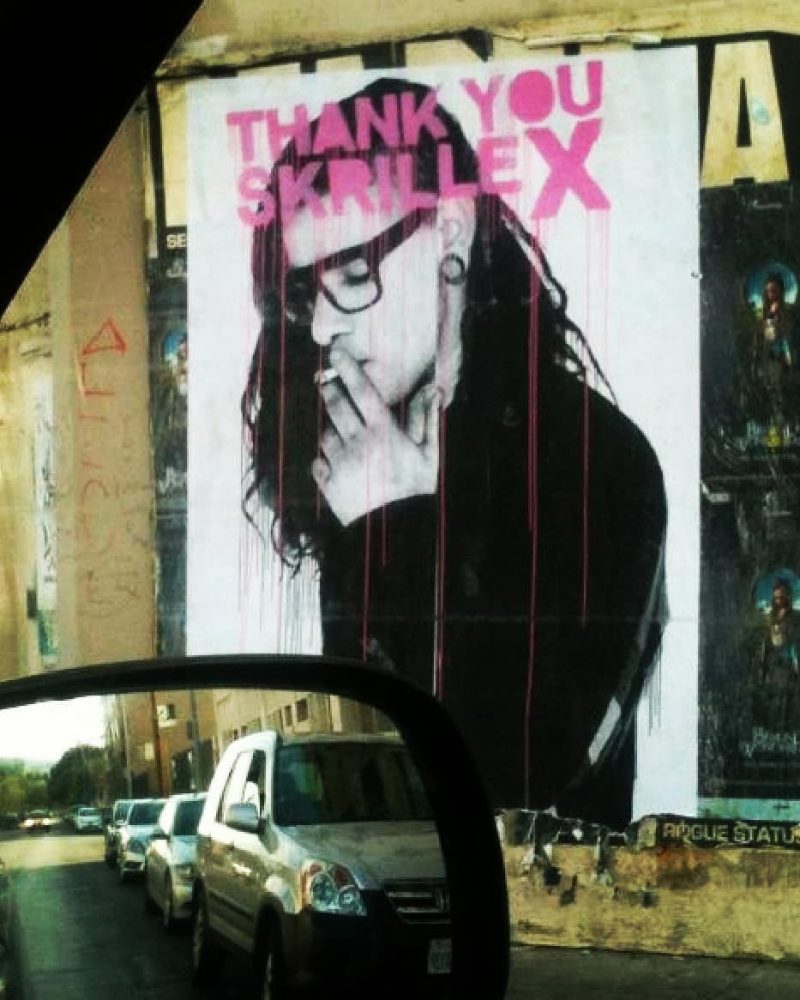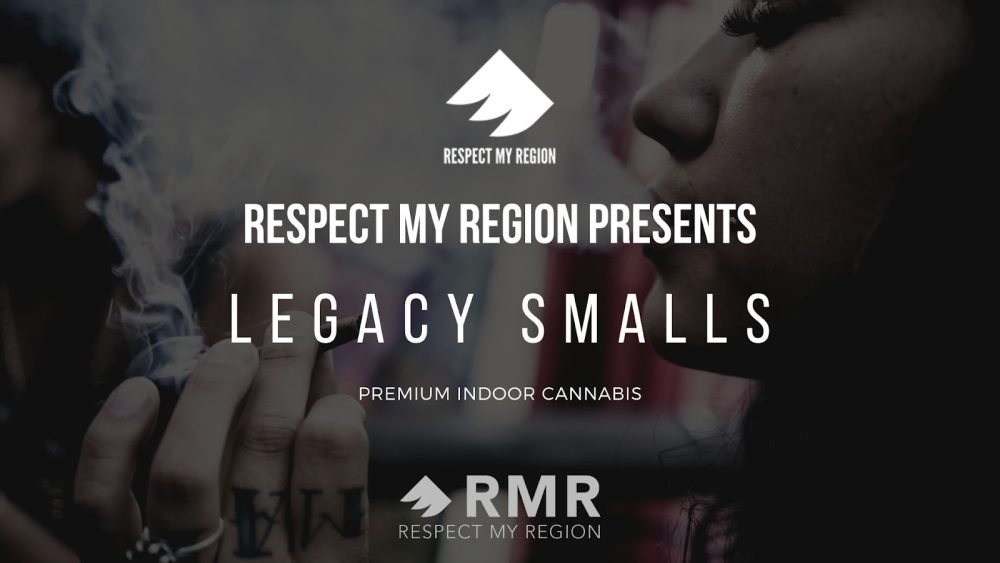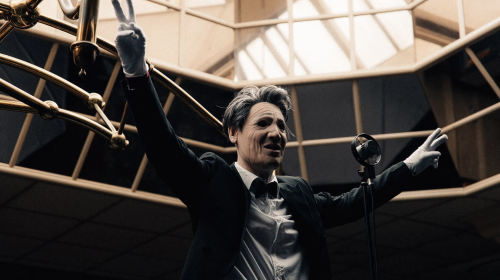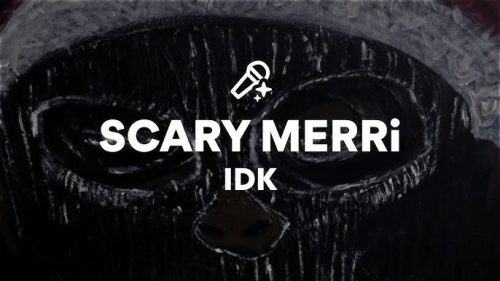Maybe you heard it at a rave. Perhaps it was more subtle, like a meme or a commercial. Maybe your son likes Rocket League too much. One way or another, Dubstep is becoming harder and harder to avoid in the modern world. So much so that its origin genre, Garage, is all but forgotten.
There are over 100 different sub-genres of EDM from over the years, so what makes a track Dubstep exactly? Well, Dubstep’s first real parent genre, Garage, has been around since the late 70’s. We can start there.
Garage – a.k.a New York Garage, Post Disco
Late 70’s – Early 90’s
Before brostep, before the ragga crossover and even before UK Garage, there was New York Garage music. And as the alternate name Post Disco suggests, Garage was the successor of Disco music. But it goes deeper than that.
Disco was a movement that was, at its roots, appealing to and revered by multiple minority groups in New York and Philadelphia. African, Hispanic, Latino and Italian Americans, as well as gay communities found safe havens in discotheques and other underground clubs where Disco was played.
It didn’t take long for adversaries of Disco, both hateful groups and simple critics, to start protesting the new trend. When people found themselves targeted for listening to Disco, they also found secrecy more preferable.
The name Garage originates from one particular location: the Paradise Garage nightclub. Paradise was gay-friendly, and they didn’t just play Disco either. The famous DJ Larry Levan would play whatever the hell he wanted, mixing soul and reggae with rock and post-punk. Garage music originally just meant “Whatever Larry’s playing tonight.”
Garage didn’t really become its own sound until the 90’s, however. As the electronic aspects of the genre increased, a snare shuffle was incorporated, which is now the main distinguisher between Disco and Garage. The formula didn’t transform again until later in the decade.
Drop the Pressure by Project Bassline | A newer example of Speed Garage
The Birth of 2-Step Garage and Speed Garage
1990-2010
Speed Garage sounds more like sped-up House with grimy, distorted bass than it does a Garage genre. That’s really all that defines it, too, alongside England’s attempt at Jamaican influences. This sub-genre was born in the UK, and it lays the groundwork for what comes next. It actually made a resurgence in the late 2000’s as well. Nowadays you’ll hear Speed Garage referred to as Bassline House, and it sounds a helluva lot more like Dubstep too.
2-Step Garage came shortly after, closer to the late 90’s where Speed Garage was in the middle. 2-Step takes reggae and RnB further into the fold. The tempo is slowed down, and so are the breakbeats. 2-Step Garage was the downtempo solution for UK clubs that found drum-and-bass music becoming too frenzied.
It’s important to note that there is little between 2-Step Garage and its gradual successor Dubstep. At this point in the timeline, we will see only one more stop before this breakbeat heavy scene devolves into a throbbing mess of bass and kick.
Flowdan’s furious track Ambush | Solid 2000’s Grime
Grime – a.k.a 2-Step Rap
Grime is considered by some as the first 100% original British rap genre. And while it is the predecessor to Dubstep, it’s really its own sound. Take the downtempo house style of Garage, put a nutty British rapper over it, and crank up the energy. Next thing you know, you’ve got a Grime track.
Grime was originally made by and for lower class black communities in the UK. It can be argued that this is the first instance of “homebrewed” UK rap, because most English hip-hop artists in the past felt the need to mimic the American gangster persona. Grime is different, because rappers in this scene just made music about their lives and experience growing up on England’s streets.
Unhindered by American influences, Grime lays the groundwork for UK DJs to create something entirely theirs. That doesn’t mean that anyone could guess what happens next, however.
One of Us by Kryptic Minds | An excellent example of early Dubstep
Dubstep – a.k.a Post Garage, Riddim, UK Bass
Early 2000’s – Present
Dubstep might have to be the climax of this timeline at this very moment. The Dubstep you know today is not the same as what it was in the early 2000’s. UK Dubstep was not popular, and it wasn’t glamorous either. DJs who played Dubstep could be caught at underground venues and house shows.
The cult community around Dubstep was allegedly friendly and easy-going. The music certainly was no different. Early Dubstep was trippy and fluid. Tracks swap between half and double-time on a dime, and the focus is heavily placed on throbbing, wobbly bass patterns. These aspects have been consistent, though over the years the average aggression of Dubstep took a climb.
For people who want to learn more about this, the documentary All My Homies Hate Skrillex is a great watch.
It didn’t take long for this craze to get picked up by other, more hyper communities. Drum n’ bass, electro-house and Glitch influences took hold and pushed Dubstep into the mid-range frequencies. Screeching, roaring and transformed, what came next is considered by many to be an EDM tragedy.

Photo of a (potentially) misguided mural of Skrillex, taken by @skrillex.new on Instagram
Brostep – a.k.a Evilstep, Metalstep, Deathstep
2010 – Present
Dubstep hit America like the Black Plague would an anti-vax neighborhood. Sonny John Moore, a post-hardcore vocalist donned the name Skrillex, took the Dubstep scene to raves and mosh pits. Soon enough other DJs took the same approach. It wasn’t what everyone wanted, but damn, did it make some huge waves. After all, a lot of people think Skrillex invented Dubstep now.
It’s for this reason that some consider Brostep, the edgy frat boy little brother of Dubstep, to be more of a failure than a success. After all, counter-culture will be counter-culture. Today, Brostep is a main stage supershow. These high-energy bass drops and wailing, modulated synthesizers make rave attendees go absolutely nuts.
This isn’t the end of the timeline, however. There’s one more genre some consider the “redeemer” for Dubstep’s metamorphosis.
San Holo has progressed to more mellow, poppy music overtime, but Hold Fast was nothing short of a Future Bass banger
Future Bass – a.k.a Future Garage
Mid 2000’s – Present
Future Bass has everything Brostep has, but it uses those tools more experimentally. This Garage sub-genre does not adhere to the buildup-drop-buildup-drop form Dubstep and Brostep eventually became confined to. On top of this, the overall vibe is usually more psychedelic and introspective.
You can find Garage music from all of these genres on our very own EDM Fresh Drops playlist. That said, we update it every single week, so you’re going to want to check it out to see what we have at this moment. Hit the links below and throughout to show some love to the artists we used as examples in this guide.
Next week, a breakdown of House genres.
This guide was inspired by and partially sourced via Ishkur’s Guide to Electronic Music
RAPPER WEED: WHICH RAPPERS HAVE CANNABIS PRODUCTS IN THE MARKET?
10 UNDERRATED FEMALE RAPPERS YOU SHOULD LISTEN TO RIGHT NOW
9 RAPPERS FROM DETROIT YOU NEED TO KNOW THIS YEAR








